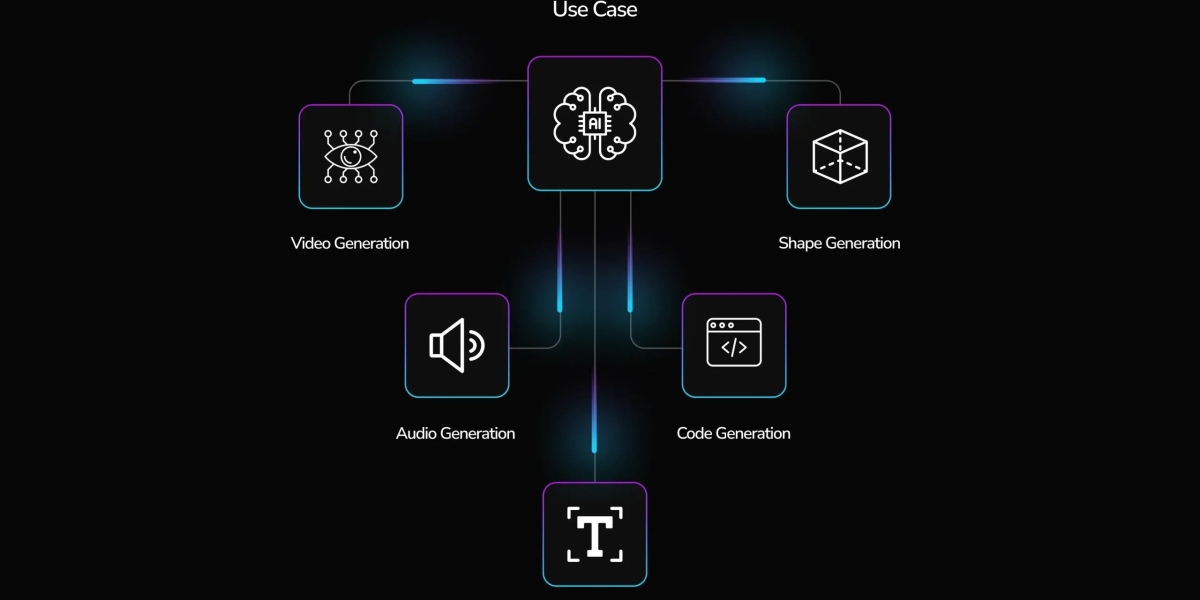Orthobiologics refer to biologic or regenerative therapies used to help treat orthopedic injuries and conditions. They involve using the body's natural healing responses to facilitate bone and soft tissue repair without the need for highly invasive surgeries. Some of the key focus areas of this include osteobiologics for bone healing, joint biologics for cartilage repair, and soft tissue grafts for tendon and ligament rehabilitation.
Osteobiologics for Bone Healing
When bone is fractured or damaged, the normal healing process involves new bone growth to fill in the defect. However, for larger bone injuries this natural process may not be sufficient on its own. Osteobiologics seek to enhance and accelerate bone regeneration through the use of bone graft substitutes, growth factors, and stem cells. Common osteobiologics include bone morphogenetic proteins (BMPs), platelet-rich plasma (PRP), and mesenchymal stem cells (MSCs).
BMPs are naturally occurring growth factors that signal the body to form new bone. They can be produced recombinantly and applied to bone defect sites to stimulate the growth of new trabecular and cortical bone. PRP involves concentrating a patient's own platelets, which contain important growth factors, and grafting them to the injury site. The concentrated growth factors then promote bone and soft tissue healing. MSCs are adult stem cells with the potential to develop into different connective tissues like bone, cartilage, and fat. Introducing MSC grafts introduces cells that can potentially differentiate into the needed cell types to regenerate bone.
Joint Biologics for Cartilage Repair
Cartilage injuries within joints often lead to pain and disability if left untreated. While cartilage has a limited ability for self-repair, these aim to augment this process and potentially restore damaged joint surfaces. Some cartilage repair procedures using orthobiologics include microfracture, autologous chondrocyte implantation (ACI), and scaffold-based technologies.
Microfracture involves perforating the subchondral bone to induce bleeding and stimulate the release of stem cells from the bone marrow. These stem cells can potentially develop into new cartilage cells. ACI involves harvesting cartilage cells from a non-weight bearing area, growing them in vitro, and reimplanting them within the defect. New third generation technologies use scaffold materials like collagen or hyaluronic acid implants seeded with the patient's own chondrocytes. The scaffolds provide a biomimetic environment for tissue regeneration. For smaller articular cartilage injuries, these scaffold-based Technologies show promise to potentially restore the natural cartilage surface.
Soft Tissue Grafts for Ligaments and Tendons
When tendons or ligaments are torn or ruptured due to injury, surgery is often required for reconstruction and rehabilitation. These are being investigated as alternatives or adjuvants to traditional graft materials like cadaveric tissue or synthetic polymers. Areas of focus include platelet derivatives and extracellular matrix therapies.
Autologous PRP injections, extracellular matrix patches, and scaffolds offer potential options. PRP contains growth factors that may aid soft tissue healing after injury or surgery. Patches made from processed animal or human tissues provide a natural scaffold rich in collagen, fibronectin and other proteins to guide regeneration. Porcine or human-derived products like Girgard patch show promise in augmenting tendon and ligament repairs. Development of tissue-engineered grafts using stem cells seeded onto biomimetic scaffolds also show potential to restore function. The goal is to stimulate the body's innate healing mechanisms and reduce reliance on replacing tissues with non-biological grafts.
Advantages and Limitations
Some key advantages of orthobiologics relative to traditional surgical procedures include reduced complexity, shorter recovery times, natural tissue regeneration potential, and avoidance of donor site morbidity. They allow treatment of less severe cases of injury or early stages of degeneration to augment the body's innate healing ability. However, there are also limitations to consider. For many applications, long term outcomes beyond 5-10 years are still being evaluated. Surgical skills are required for precision delivery especially with intra-articular injections. Costs can still be higher than traditional options. Continued research is refining formulations and techniques to maximize benefits. Regardless, these present promising alternatives especially for younger and active patients needing minimally invasive solutions.
Conclusion
In summary, orthobiologics represent a rapidly evolving field at the intersection of orthopedics and regenerative medicine. By facilitating the body's natural regenerative responses, they provide less invasive alternatives to traditional surgeries for treating bone, joint and soft tissue injuries. Continued research optimizing growth factors, stem cells, scaffolds and delivery methods holds promise to further expand their applications and outcomes. As techniques are refined, these have great potential to change standards of care and improve patient quality of life.
Anushka Jadhav
35 Blog posts









